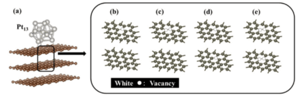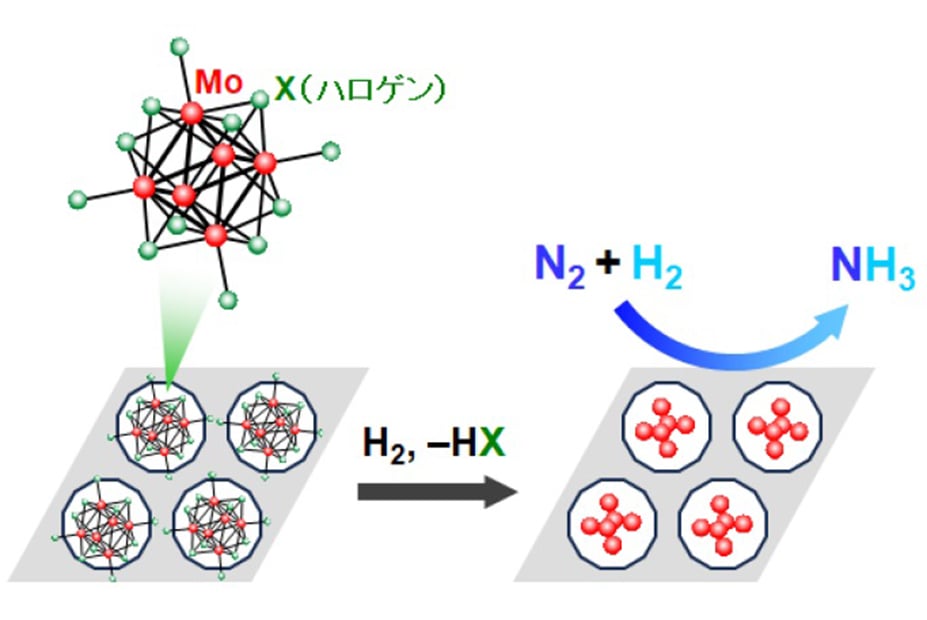Share this
Authors
Tetsuya Kimata, Kenta Kakitani, Shunya Yamamoto, Iwao Shimoyama, Daiju Matsumura, Akihiro Iwase, Wei Mao, Tomohiro Kobayashi, Tetsuya Yamaki, Takayuki Terai
Abstract
High activity is one of the primary requirements for the catalysts in proton exchange membrane fuel cell applications. Platinum (Pt) is the best known catalyst, especially for oxygen reduction at the cathode; however, further activity improvements are still required. Previous computational studies suggested that the catalytic activity of Pt nanoparticles could be enhanced by a Pt−carbon (C) support interaction. We have recently found that an enhanced electronic interaction occurs at the interface between an argon-ion (Ar+)-irradiated glassy carbon (GC) surface and Pt nanoparticles. Here, we report a more than twofold increase in specific activity for the Pt nanoparticles on the Ar+-irradiated GC substrate compared to that on the nonirradiated GC substrate. The mechanism of this activity enhancement was investigated by local structure analysis of the interface. Ar+ irradiation of the carbon support led to the formation of Pt−C bonding, thus protecting the deposited Pt nanoparticles from oxidation.

Physical Review Materials: https://journals.aps.org/prmaterials/abstract/10.1103/PhysRevMaterials.6.035801
These Related Stories

